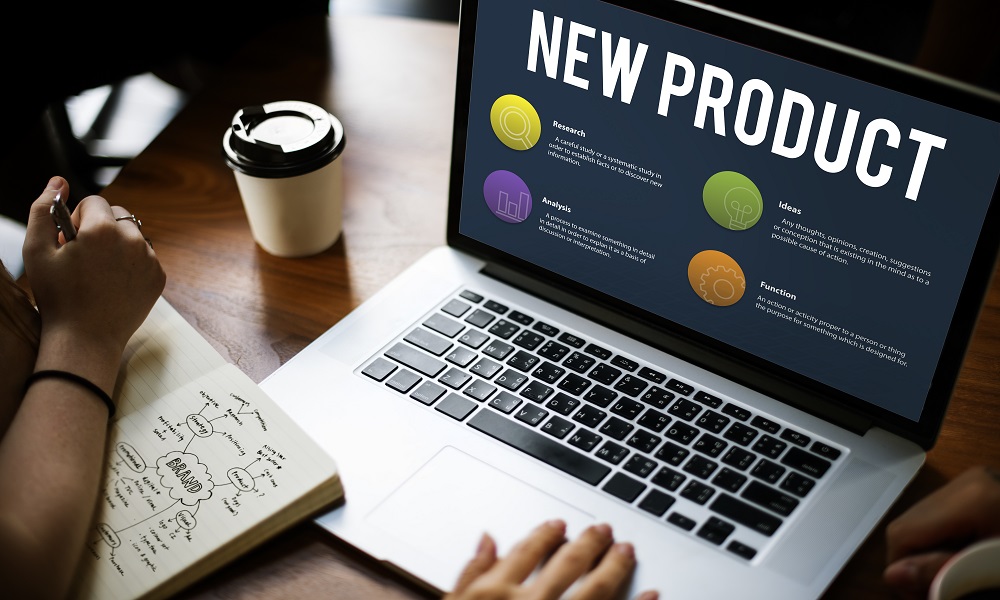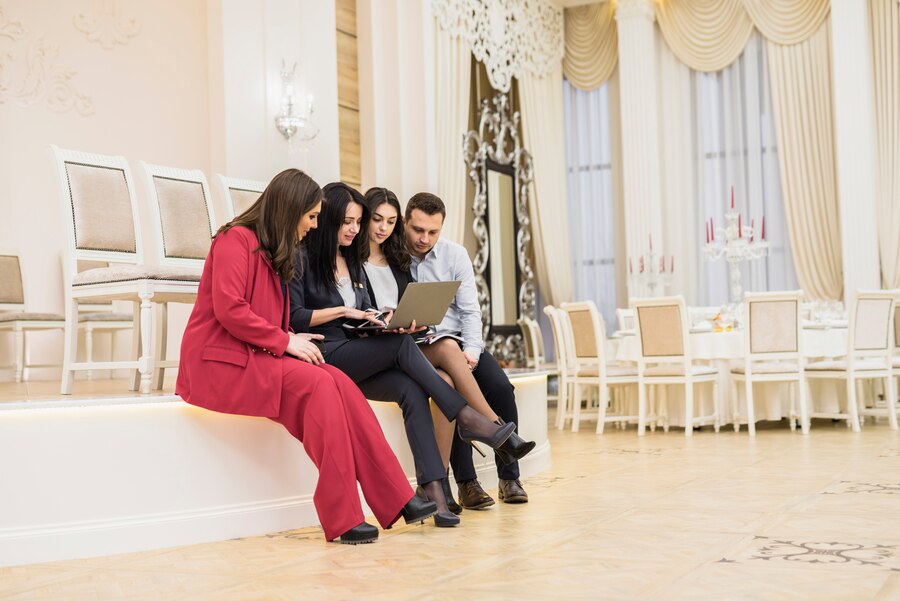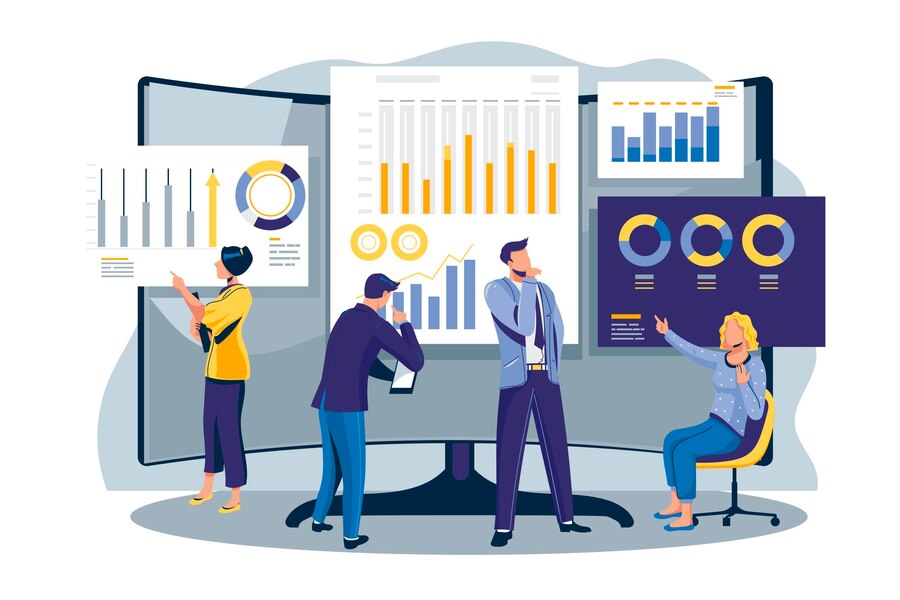In an era defined by rapid technological advancements, product design has embraced a transformative evolution, propelled by the seamless integration of IoT (Internet of Things) technology.
Over time, technology has woven its threads intricately into the fabric of product design, reshaping the very essence of innovation. From the rudimentary tools of the past to today’s interconnected digital landscape, technology has been an omnipresent force, etching a transformative journey in the realm of design. It has empowered designers to transcend conventional boundaries, introducing new materials, methodologies, and perspectives that continually redefine the products we interact with daily.
The Internet of Things, a network of interconnected devices that communicate and share data, has ushered in a new era of intelligent products. From smart home devices to industrial machinery, the fusion of IoT with product design has become a game-changer, redefining the way we interact with the world around us.
This article delves into the pivotal role played by IoT integration in revolutionizing product design, unlocking the potential for smarter, more responsive solutions that cater to the dynamic needs of today’s interconnected world.
Embracing a New Era of Design
In an era dominated by technological advancements, product design stands at the precipice of a remarkable transformation. The integration of IoT technology has emerged as a catalyst, fundamentally altering the way designers conceive, create, and deliver products. This shift heralds a new dawn, where interconnected devices imbue products with intelligence, responsiveness, and adaptability to user needs.
The Essence of IoT Integration in Product Design
At its core, IoT integration in product design involves imbuing everyday objects with the ability to connect, communicate, and collect data. This connectivity opens up a realm of possibilities for creating products that are not only smarter but also more adaptive to user needs. Imagine a world where your coffee maker knows when to start brewing based on your morning routine or where your thermostat adjusts itself according to your preferences and external weather conditions. This level of intelligence is made possible by seamlessly integrating IoT into the design process.
Some Examples of IoT-enabled Products:
Smart Thermostats: IoT-integrated thermostats like Nest or Ecobee learn user preferences, adjusting temperatures automatically and optimizing energy consumption. They can be controlled remotely via smartphones, offering convenience and energy savings.
Connected Wearables: Devices like fitness trackers or smartwatches utilize IoT to monitor health metrics, track activity levels, and even provide personalized health insights, promoting a healthier lifestyle.
Fitness Trackers: Wearable devices such as Fitbit or Garmin use IoT to monitor physical activities, track health metrics, and provide personalized insights to users for better fitness management.
Smart Home Appliances: IoT-connected refrigerators, ovens, and washing machines can communicate, allowing users to control and monitor them remotely. They offer functionalities such as inventory tracking, recipe suggestions, and energy-efficient operation.
Smart Refrigerators: IoT-integrated refrigerators like Samsung Family Hub enable users to check inventory, create shopping lists, and even order groceries online through a connected touchscreen.
Intelligent Lighting Systems: Smart bulbs or lighting systems like Philips Hue can adjust color, brightness, and schedules based on user preferences or environmental conditions. They offer energy-saving features and customizable ambiance.
IoT-enabled Security Systems: Home security systems equipped with IoT sensors and cameras provide real-time monitoring, notifications, and remote access, enhancing home safety and peace of mind for users.
Connected Cars: IoT integration in automotive design enables features such as GPS navigation, predictive maintenance, remote diagnostics, and autonomous driving capabilities, enhancing both safety and convenience.
Vehicles equipped with IoT technology, like Tesla’s cars, offer features such as over-the-air updates, autonomous driving capabilities, and real-time diagnostics for maintenance.
Healthcare Devices: IoT-enabled medical devices like insulin pumps or ECG monitors can transmit data to healthcare providers, enabling remote patient monitoring and more timely interventions.
Connected Home Security Systems: Devices like Ring or ADT Pulse use IoT to provide real-time alerts, remote monitoring, and integration with other smart home devices for enhanced security.
The evolution of Product Design
Traditionally, product-user interactions followed a linear path, where users operated devices with limited connectivity and customization. However, the emergence of IoT technology has reshaped this landscape, introducing a paradigm where products transcend mere functionality. Now, products become intuitive companions, learning and adapting to user behaviours, preferences, and contexts.
The shift towards personalized experiences extends beyond convenience. It engenders a sense of connection between users and their devices. Wearable technologies, for instance, not only track health metrics but also offer insights and motivation, fostering a deeper relationship by actively engaging users in their well-being journeys. a smart home system can adjust lighting, temperature, and security preferences based on the user’s arrival or departure, crafting a continuous and adaptive environment.
This evolution signifies a departure from the one-size-fits-all approach to a realm where every interaction is curated, making users feel understood and valued; it extends to the interconnected ecosystem of devices that populate our daily lives. The seamless communication between smart home devices, wearables, and other IoT-enabled products creates a holistic user experience.
Revolutionizing User Experience Through IoT
One of the most profound implications of IoT integration is its impact on user experience. Products evolve from passive tools to active assistants, understanding and adapting to user behaviors. Wearable devices exemplify this evolution, offering not just fitness tracking but personalized insights based on individual data. This symbiotic relationship between IoT sensors and user experience design augments products to meet, and often anticipate, user needs, fostering a deeper connection between the product and its user.
IoT-Enabled Industrial Design
Beyond the realm of consumer products, IoT integration is reshaping industrial design by optimizing efficiency and productivity. In manufacturing, for example, IoT sensors embedded in machinery can provide real-time data on performance, enabling predictive maintenance and minimizing downtime. This not only reduces operational costs but also extends the lifespan of equipment, contributing to a more sustainable and cost-effective industrial landscape.
Challenges and Considerations
While the potential of IoT integration in product design is vast, it comes with its set of challenges and considerations. Security and privacy concerns are paramount, as interconnected devices can be vulnerable to cyber threats. Designers must prioritize robust security measures to protect user data and ensure the integrity of IoT-enabled products. Additionally, the environmental impact of electronic waste from IoT devices underscores the importance of designing for sustainability, urging a balance between innovation and responsible consumption.
The Future Landscape of Product Design
As we delve deeper into the 21st century, the trajectory of product design seems boundless with the continued evolution of IoT integration. The future promises even greater strides in creating products that seamlessly integrate with our lives, anticipate our needs, and contribute to a more connected and intelligent world. From healthcare devices that monitor and transmit vital signs to autonomous vehicles that communicate with smart infrastructure, the possibilities are as exciting as they are transformative.
The Intersection of IoT and Product Design Education
As IoT reshapes the design landscape, education plays a pivotal role in nurturing future designers equipped to leverage this technological revolution. Design institutions globally are adapting their curricula to incorporate IoT principles into their programmes. The integration of IoT in design education aims to prepare students to conceptualize, prototype, and iterate IoT-driven products while considering ethical, sustainable, and user-centric design practices.
Conclusion: Pioneering the IoT-Infused Design Frontier
In conclusion, IoT integration represents a monumental leap forward in product design. Its seamless integration propels products into an era of intelligence, connectivity, and adaptability, reshaping industries and consumer experiences alike. As designers continue to explore and harness the potential of IoT integration, they embark on a journey to redefine the very essence of what products can achieve, paving the way for a future where design is synonymous with innovation, functionality, and user-centricity.






